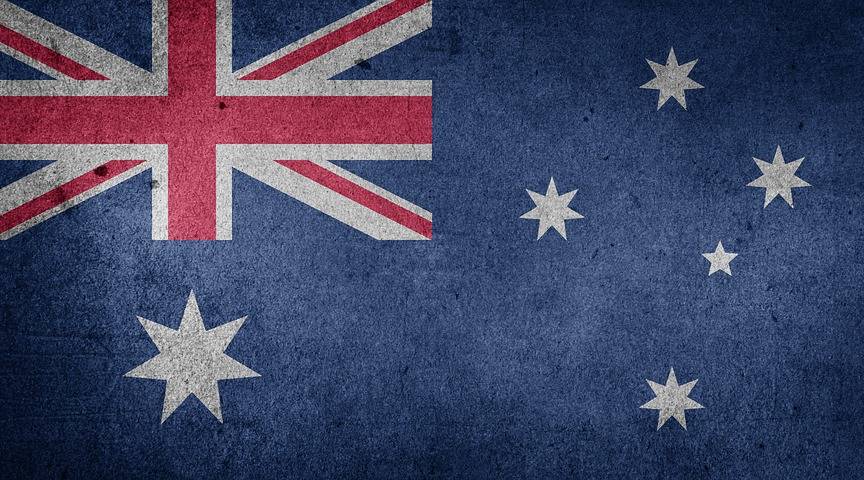
Australia
Capital city — Canberra
Country population
i2015Incarceration rate (per 100,000 inhabit…
i2015/ Australian Bureau of StatisticsType of government
Human Development Index
i2016/ UNDPName of authority in charge of the pris…
Total number of prisoners
i2015/ Australian Bureau of StatisticsAverage length of imprisonment (in mont…
36months
i2015/ Australian Bureau of StatisticsTotal number of prison facilities
i2015/ Australian Bureau of StatisticsAn NPM has been established
Female prisoners
i2015/ Australian Bureau of StatisticsIncarcerated minors
i2015/ Aust. Instite of Health and WelfareDeath penalty is abolished
Yessince 1973
The penitentiary system
There are 111 prisons in operation in Australia. 85 are government run prisons, 9 privately operated. There are additionally 12 cells linked to courts, 4 transitional centres and 1 periodic detention centre (facilities for women prisoners to be held prior to release) and 1 periodic detention centre.
Prisons are usually divided based on security level. New inmates go through a screening and induction program to identify needs, risk of suicide, mental illness and drug and alcohol withdrawal.
Maximum-security prisons hold prisoners whose escape would be highly dangerous to the public or state. Medium-security prisons are normally surrounded by walls or high security fences, but allow inmates to move around more freely within the facility. Minimum-security prisons hold inmates who can be trusted in open conditions with fewer physical barriers.
A new medium security men’s prison is being built in Ravenhall, Melbourne and is due to be completed in 2017. This new prison aims to accommodate 1000 prisoners, and aims to engage prisoners to reduce their risk of reoffending.
Staff
The prison system has approximately one prison officer (guard) for every 22 prisoners. Prison officers are responsible for day-to-day supervision and maintaining good order and security of the prison. They conduct searches, accompany prisoners, observe and assess prisoner behaviour, respond to emergency situations, operate security equipment, write case files and prepare reports. Prison officers are required to assist in prisoner rehabilitation and act as positive role models for prisoners.
The ratio of offenders on community release is one community corrections staff member for every 17 offenders. They supervise community-based sentences including probation, community service, supervised bail or home detention.
Social workers are employed by each State’s Corrective service. Duties include prisoner assessments and counselling. Social workers may work with certain at-risk offenders, repeat offenders and juvenile detainees to help rehabilitate and re-integrate them into the community.
Medical and health care staff provide physical health care services, specialist mental health care services, psychological services, outpatient consultation and alcohol and other drug treatment programs.
In all states and territories, except for Victoria and Western Australia, the government health departments are responsible for prisoner health. In Victoria and Western Australia, the responsible departments are the Department of Justice and Department of Corrective Services, respectively. Most jurisdictions use a mix of direct services, community health services and contracted health services.
Guards-inmates ratio
0.045
Social workers-inmates ratio
0.013